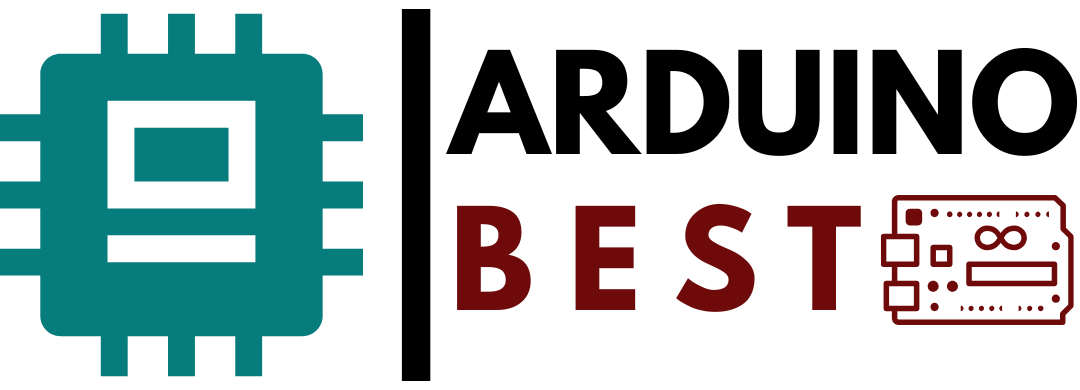Table of Contents
Introduction
In modern agriculture, soil modules play a crucial role in monitoring and improving soil health. These modules provide valuable insights into soil moisture levels, nutrient composition, and temperature variations. With the rise of precision agriculture, farmers and researchers alike are relying on these advanced sensors to optimize soil conditions for better crop yields and sustainability.
This article explores everything you need to know about soil modules, including their types, applications, advantages, and future trends.
What Are Soil Modules?
A soil module is a sensor-based device designed to measure various soil parameters, including:
- Moisture content
- Temperature
- Nutrient levels
- pH balance
- Electrical conductivity
These sensors provide real-time data that helps in decision-making for irrigation, fertilization, and overall soil management.
Types of Soil Modules
Soil modules come in different forms, each serving a unique purpose. Below are the most common types:
1. Soil Moisture Sensor Modules
Soil moisture sensors detect the water content in the soil, helping farmers optimize irrigation schedules. Common types include:
- Capacitive soil moisture sensors – Measure moisture levels using dielectric properties.
- Resistive soil moisture sensors – Use electrical resistance to determine moisture content.
- Tensiometers – Measure the tension of water in the soil.
For example, the SunFounder Capacitive Soil Moisture Sensor is widely used for precise moisture measurements in agricultural fields.
2. Soil Temperature Sensor Modules
Temperature sensors help in assessing soil warmth, which is vital for seed germination and microbial activity. These modules include:
- Thermocouple sensors – Measure temperature through voltage changes.
- Resistive temperature sensors (RTD) – Detect temperature using resistance variations.
The Makerfabs Soil Moisture Sensor Module is an example of a device that combines moisture and temperature sensing for more accurate soil monitoring.
3. Soil Nutrient Sensor Modules
These sensors evaluate the levels of essential nutrients such as nitrogen, phosphorus, and potassium (NPK). Technologies used include:
- Ion-selective electrodes – Detect nutrient concentrations using electrical signals.
- Optical sensors – Use light absorption to measure nutrient levels.
Nutrient sensors are essential for ensuring balanced fertilization and preventing soil depletion.
Components of a Soil Module
A soil module typically consists of:
- Sensors and probes – Detect soil properties.
- Microcontrollers – Process sensor data.
- Communication interfaces – Enable data transfer via wired or wireless connections.
These elements work together to provide accurate and real-time soil data for effective management.
Applications of Soil Modules
Soil modules are used across various industries, including:
1. Precision Agriculture
- Optimize irrigation by monitoring soil moisture.
- Reduce fertilizer wastage by measuring nutrient levels.
- Improve crop health with real-time soil analysis.
2. Environmental Monitoring
- Detect soil contamination from pollutants.
- Assess soil erosion patterns over time.
3. Research and Education
- Provide accurate soil data for scientific research.
- Help students understand soil dynamics in educational settings.
Benefits of Using Soil Modules
1. Enhanced Efficiency
- Saves water by reducing unnecessary irrigation.
- Improves fertilizer application by targeting deficient areas.
2. Increased Crop Yields
- Ensures plants receive optimal moisture and nutrients.
- Reduces the risk of soil degradation.
3. Cost Savings
- Lowers operational costs by automating soil monitoring.
- Reduces labor costs in large-scale farming.
Challenges and Limitations
While soil modules offer significant benefits, they also have some challenges:
- Sensor Calibration Issues – Regular calibration is needed for accuracy.
- Soil Variability – Readings can be affected by soil type and composition.
- Power Requirements – Some modules require continuous power sources.
Future Innovations in Soil Modules
The future of soil modules is driven by IoT integration and AI-powered analytics. Emerging trends include:
- Wireless connectivity for real-time data transfer.
- Machine learning algorithms to predict soil conditions.
- Eco-friendly sensors made from biodegradable materials.
FAQs
1. How do soil moisture sensors work?
Soil moisture sensors detect water levels by measuring electrical resistance or capacitance between two electrodes.
2. Can soil modules be used in all soil types?
Yes, but some sensors may require adjustments based on soil texture and composition.
3. How accurate are soil modules?
Accuracy varies by sensor type, but regular calibration enhances reliability.
4. Are there wireless soil sensor modules?
Yes, modern IoT-based soil sensors allow wireless monitoring via smartphones and computers.
Conclusion
Soil modules are revolutionizing agriculture and environmental monitoring by providing accurate, real-time data on soil conditions. From moisture to nutrient levels, these sensors help optimize farming practices, conserve resources, and enhance sustainability. With advancements in IoT and AI, the future of soil monitoring looks more promising than ever.
Arduino Projects:
1- Complete Guide for DHT11/DHT22 Humidity and Temperature Sensor With Arduino
2- DHT11 – Temperature and Humidity Sensor
3- DHT22 – Temperature and Humidity Sensor (more accurate than DHT11)
4- BMP180 – Barometric Pressure and Altitude Sensor
5- BMP280 – Barometric Pressure & Temperature Sensor
6- BME280 – Temperature, Humidity, and Pressure Sensor
7- Arduino Flex Sensor Controlled Robot Hand
8- Arduino ECG Heart Rate Monitor AD8232 Demo
9- Arduino NRF24L01 Wireless Joystick Robot Car
10- Arduino Force Sensor Anti-Theft Alarm System
11- Arduino NRF24L01 Transceiver Controlled Relay Light
12- Arduino Rotary Encoder Controlled LEDs: A Complete Guide

